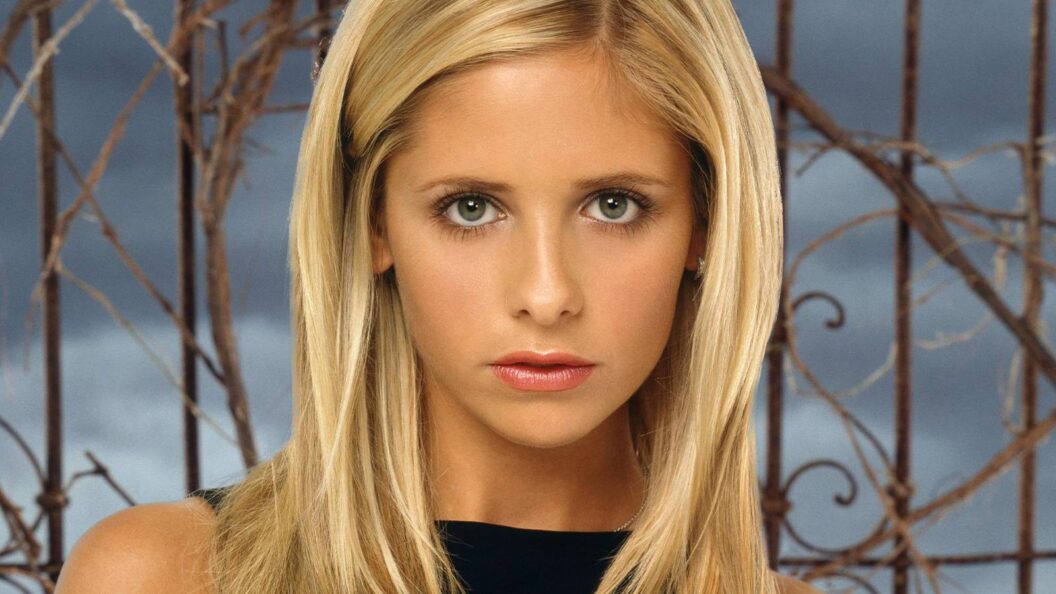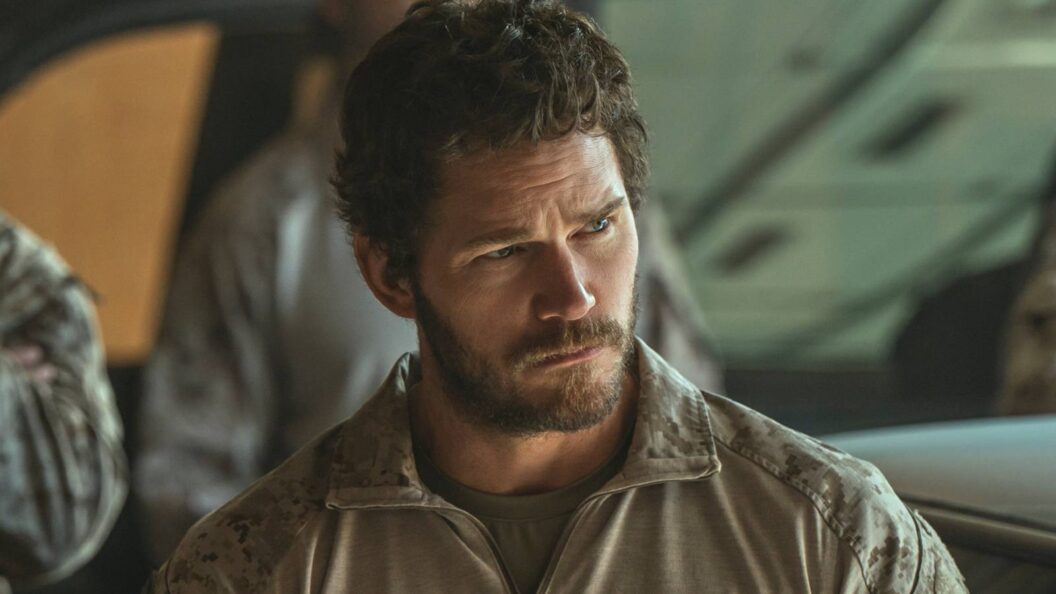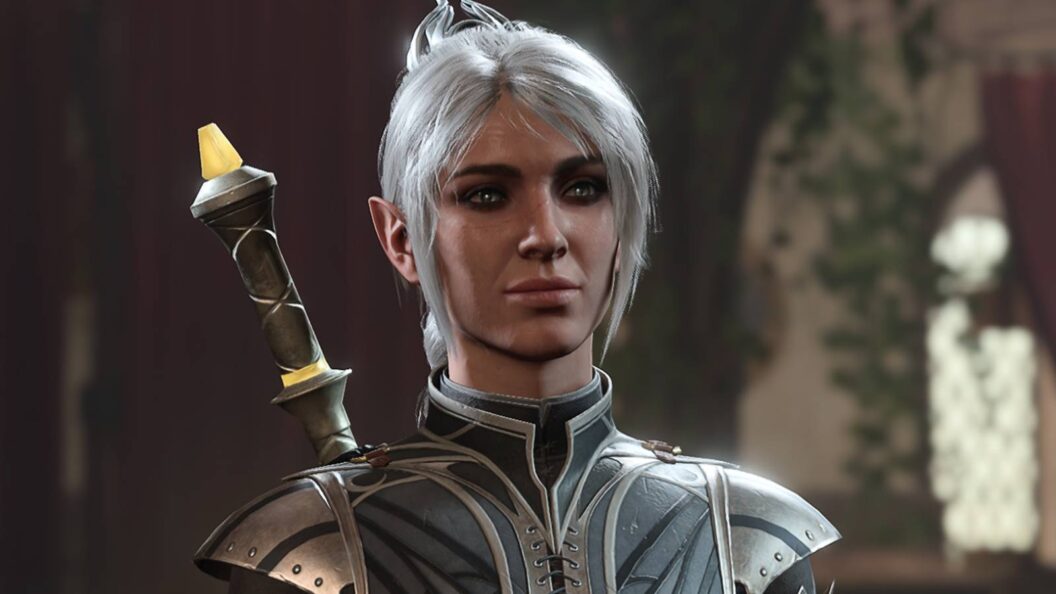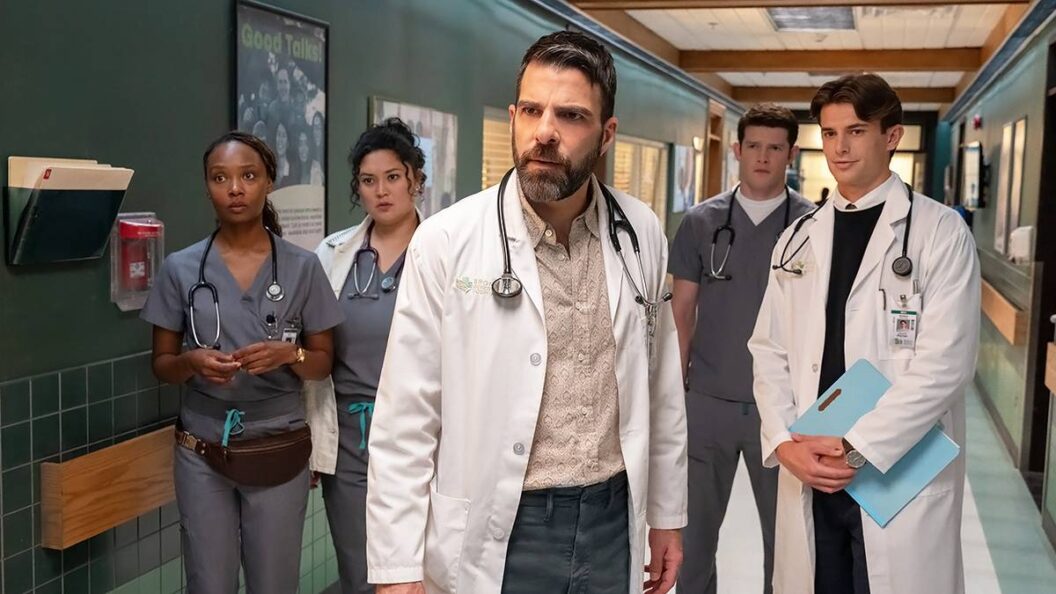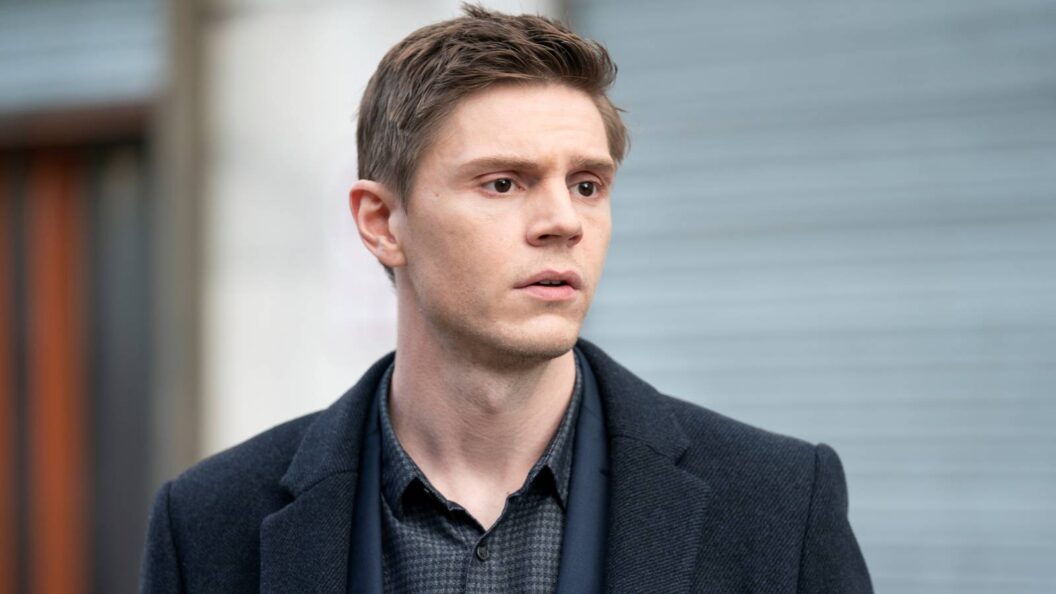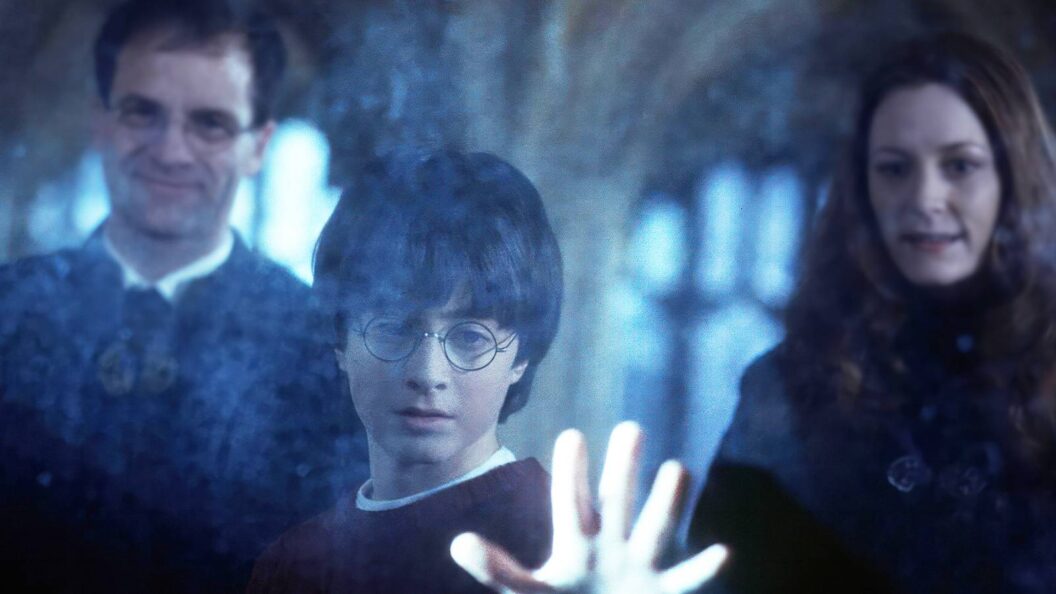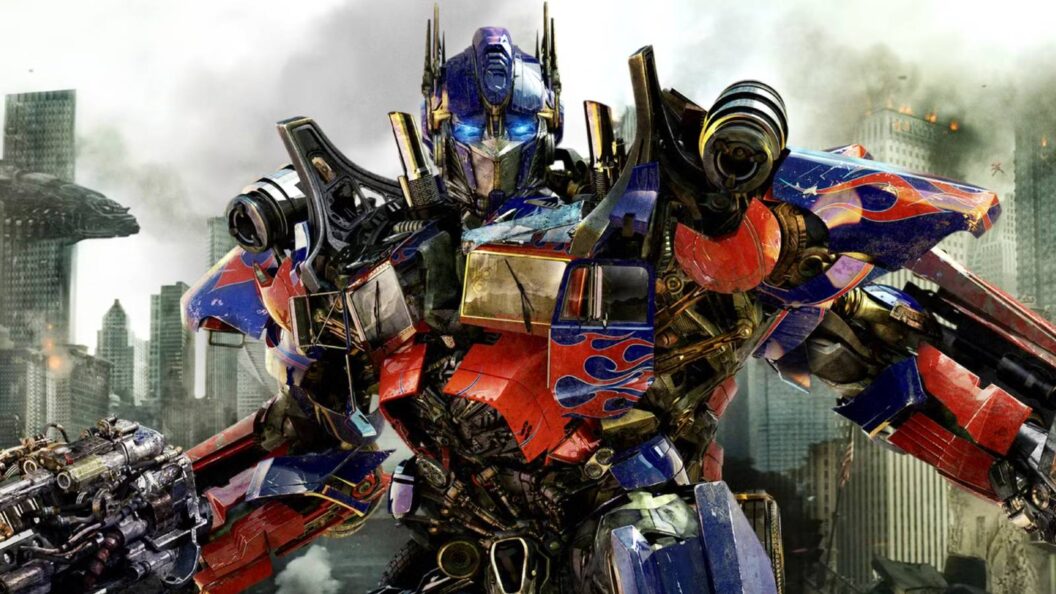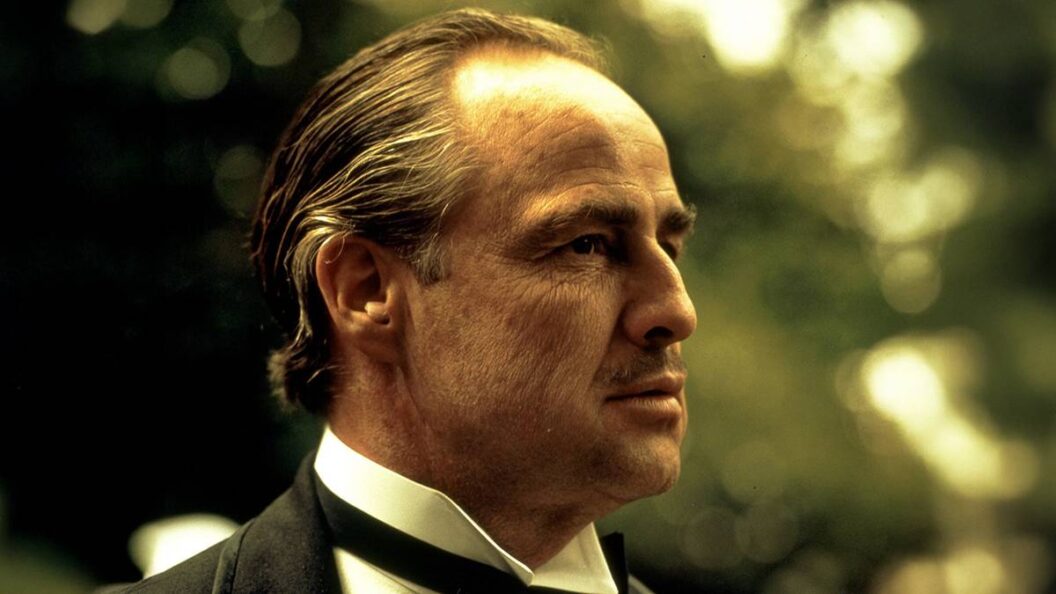Buffy the Vampire Slayer: A Legacy of Empowerment and Conclusion
Buffy the Vampire Slayer remains a defining series in television history, blending horror and comedy while exploring complex themes of empowerment, friendship, and the fight against evil. Originally airing from 1997 to 2003, the show, headlined by Sarah Michelle Gellar, garnered a cult following and is set for a reboot amid ongoing discussions about its legacy.
A Shift in Tone and Reception
Following its initial five seasons on The WB, Buffy made a transition to UPN where its tonal shift became evident, particularly in the sixth and seventh seasons. The series delved into darker themes, culminating in what some critics view as a disappointing finale for Season 7, marred by questionable character decisions and storytelling choices.
However, despite these critiques, the conclusion of Buffy is often hailed as a triumphant ending that encapsulates the series’ core message of female strength. Buffy’s journey culminates in a transformative moment where she empowers every Potential Slayer, a metaphorical call to arms for a generation of young women.
Buffy’s Empowering Finale
In the series finale, Buffy and her friends face the formidable First Evil. The critical plot twist is Buffy’s decision to share her slayer abilities with all potential slayers worldwide, emphasizing a crucial theme: empowerment through unity. Willow (played by Alyson Hannigan) uses her formidable witchcraft to enact this unprecedented change, marking a transformative moment in the narrative.
Buffy’s rallying call not only showcases her growth into a capable leader but also empowers young women watching the show, reinforcing the message of inner strength during challenging times. Despite the season’s overall mixed reviews, the finale delivers a satisfying and symbolic conclusion, aligning perfectly with the show’s initial themes of girl power.
Character Arcs and Redemption
Season 7 provides a platform for character development beyond Buffy. Throughout the series, characters like Willow and Spike also experience significant growth. Willow’s arc completes as she confronts her dark past and steps into her true power by aiding Buffy in the finale. Meanwhile, Spike, portrayed by James Marsters, evolves from a villain to a figure of redemption, sacrificing himself for the greater good—an emotional highlight that underscores the series’ theme of transformation.
Buffy’s relationships with her allies and adversaries reflect her journey towards self-acceptance and empowerment, emphasizing the series’ underlying message that true strength comes not from romantic ties but from valuing oneself and choices.
The Debate Over a Reboot
The announcement of a Buffy reboot has sparked mixed reactions among fans. Many argue that the series concluded on a high note, making it unnecessary to revisit the character. The original series left a lasting legacy, representing a significant cultural shift in how female characters were portrayed in media. The proposed reboot raises questions about preserving the mystique and empowering narrative established by the original series.
Conclusion: A Lasting Impact
Reflecting on the significance of Buffy the Vampire Slayer, it becomes evident that its influence extends beyond mere entertainment. The series redefined the representation of women in media, challenging stereotypes associated with female characters in horror and action genres. Although the reboot aims to reintroduce Buffy to a new generation, the original series remains an enduring symbol of empowerment, strength, and resilience. As the entire series is available for streaming on Hulu, viewers can revisit Buffy’s journey—one that remains relevant and inspirational two decades after its conclusion.
The legacy of Buffy is not one of demons and darkness alone, but of the light found in friendship, courage, and the occasional witty quip. While the world may welcome a new interpretation of Buffy, it is crucial to honor the series that introduced a generation to the idea that they, too, could be the heroes of their own stories.



